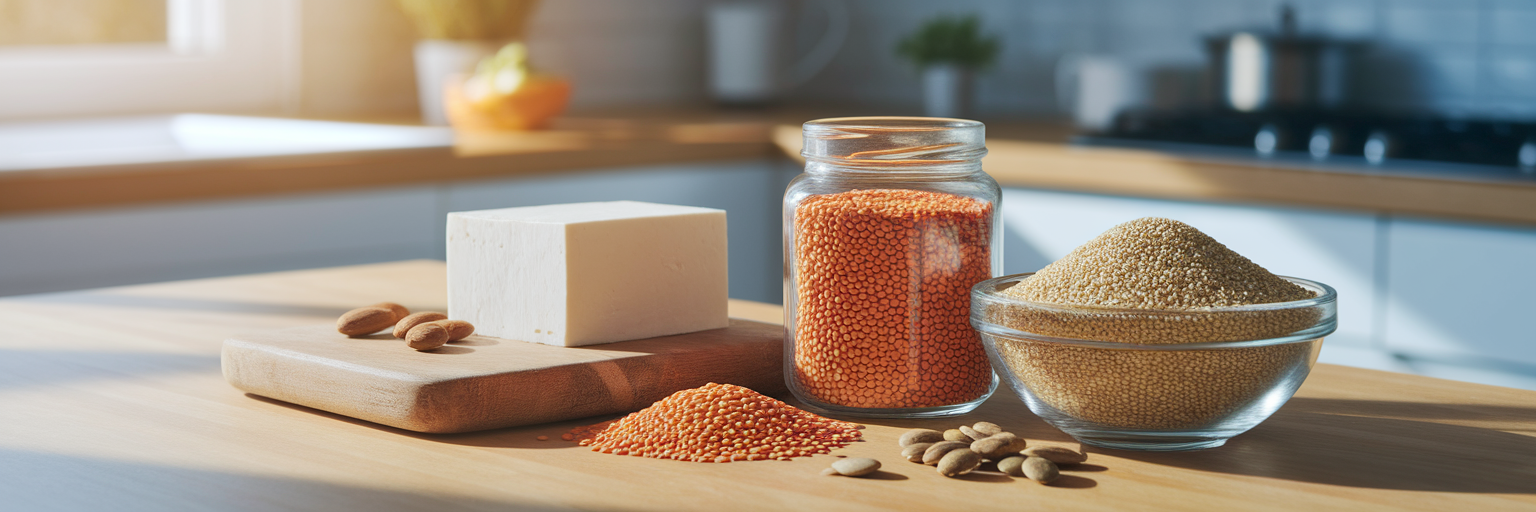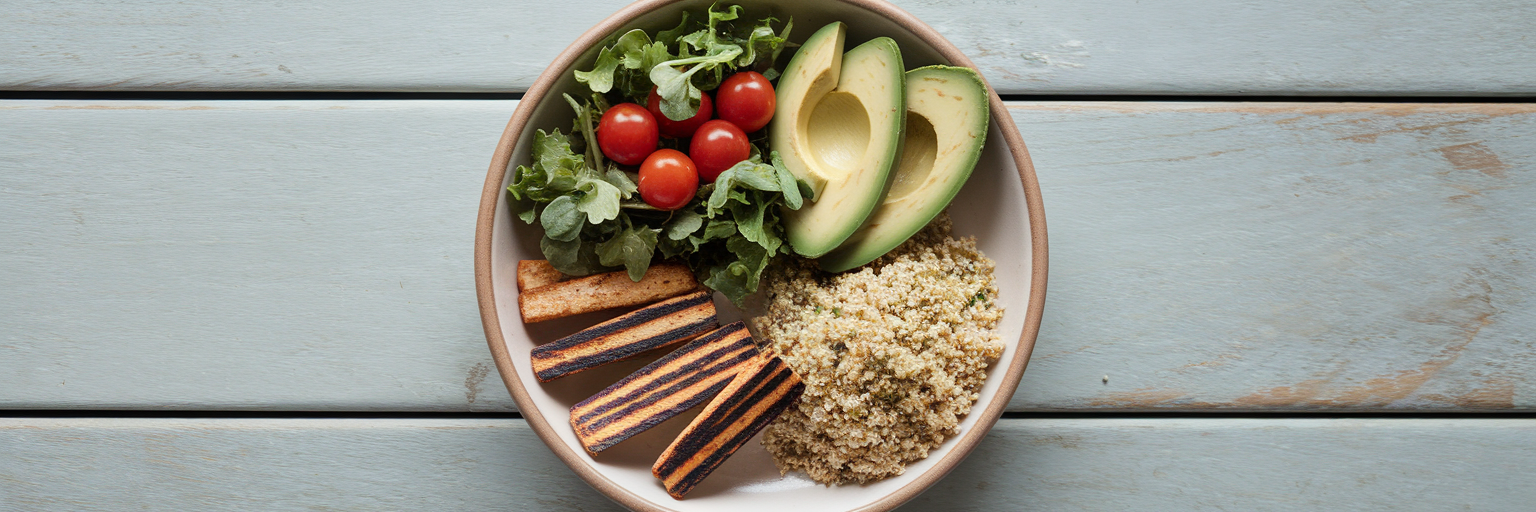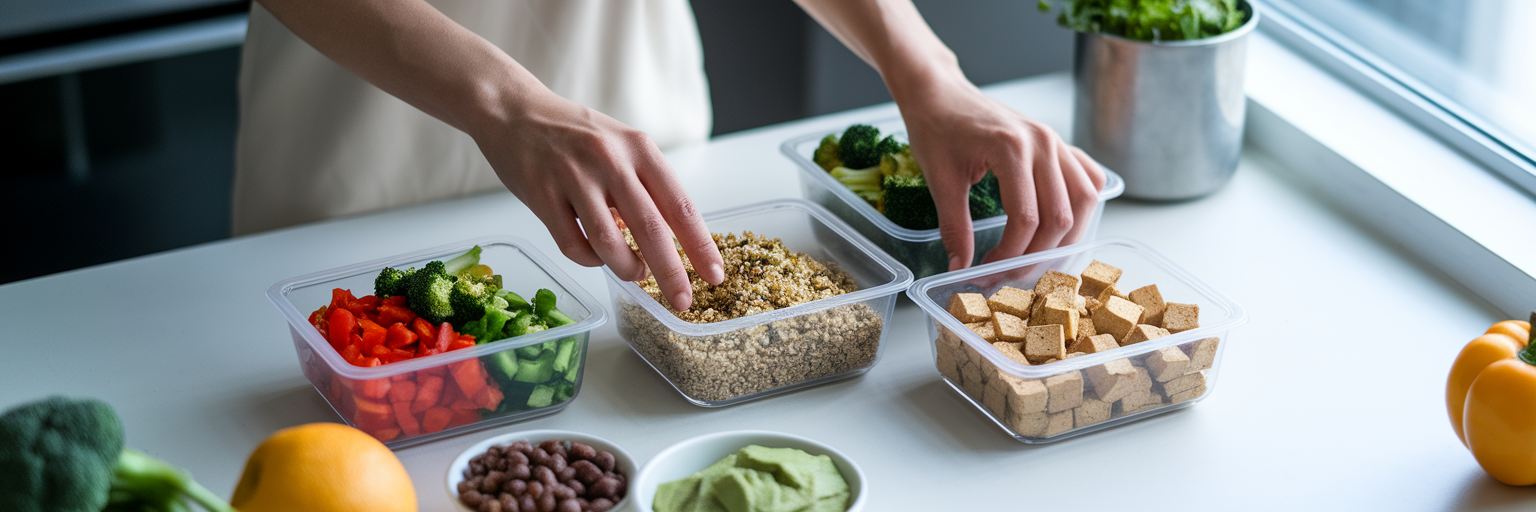Let's address a common myth right away: the idea that going vegan means giving up on your protein goals, especially for weight loss. Many people believe it’s a constant struggle to feel full and energized without meat. But what if we saw it differently? This is your chance to explore a world of vibrant, delicious, and powerful plant-based foods. This guide will walk you through everything you need to feel confident and successful. We will figure out your personal protein needs, discover amazing plant based protein for weight loss, build satisfying meals, and share practical tips to make it all feel easy. You can absolutely achieve your goals while feeling fantastic.
Getting Started with Plant-Powered Weight Loss
Embarking on a plant-powered weight loss journey is an exciting step toward better health. But a common question pops up almost immediately: "Will I get enough protein?" It's a valid concern, but the good news is that the plant kingdom is packed with incredible protein sources. This isn't about restriction. It's about discovering abundance.
This guide is designed to be your friendly roadmap. First, we'll help you understand your personal protein needs because everyone is different. Then, we'll explore the best plant-based proteins and show you how to build meals that keep you full and energized. Finally, we'll share some simple tips to make your new routine stick. Our goal is to empower you with the knowledge to create a plan that works for your body and your lifestyle.
Calculating Your Personal Protein Target

Before we get to the food, let's talk numbers. Knowing your personal protein target turns a vague goal into an actionable plan. Protein is a key player in any weight loss journey for a few important reasons. It promotes satiety, which means it helps you feel fuller for longer, reducing the urge to snack between meals. It also helps preserve lean muscle mass, ensuring the weight you lose is primarily fat. Plus, your body uses more energy to digest protein compared to fats and carbs, giving your metabolism a small but helpful boost.
So, how do you figure out your daily goal? Here’s a simple way to calculate a baseline. According to the Dietary Guidelines for Americans, a general recommendation for adults is 0.8 grams of protein per kilogram of body weight. Here's how to calculate it:
- Step 1: Convert your weight from pounds to kilograms. Simply divide your weight in pounds by 2.2.
- Step 2: Multiply that number by 0.8.
For example, for a 150-pound person: 150 lbs / 2.2 = 68.2 kg. Then, 68.2 kg x 0.8 g/kg = approximately 55 grams of protein per day. This is a great starting point. However, if you are active or exercise regularly, your needs may be higher, ranging from 1.2 to 1.6 grams per kilogram. The best approach for how to get protein as a vegan is to start with this baseline and pay attention to how your body feels. You can always adjust as you go.
Your Go-To High-Protein Vegan Foods
Now that you have a target, let's fill your kitchen with delicious, protein-rich options. Building a high-protein vegan pantry is easier than you think. These foods are not only packed with protein but also fiber, vitamins, and minerals that support your overall health. Once you see how versatile tofu and lentils can be, you'll want to explore even more options. We have some delicious and easy vegan protein recipes you'll actually crave that can get you started.
Legumes: The Fiber-Packed Powerhouses
Legumes are true nutritional champions. They deliver a powerful combination of protein and fiber, which work together to keep your blood sugar stable and your hunger at bay.
- Lentils: About 18g of protein per cooked cup. Perfect for hearty soups, curries, and salads.
- Chickpeas: About 15g of protein per cooked cup. Great for making hummus, adding to bowls, or roasting for a crunchy snack.
- Black Beans: About 15g of protein per cooked cup. A staple for tacos, burgers, and chili.
Soy Products: The Versatile Staples
Soy is one of the most versatile and protein-dense options available. From firm blocks to tender beans, there's a type of soy for every meal.
- Tempeh: About 31g of protein per cup. Its firm, nutty texture is amazing in sandwiches or grilled.
- Firm Tofu: About 22g of protein per half block. It absorbs marinades beautifully and is ideal for scrambles, stir-fries, and baking.
- Edamame: About 18g of protein per cup (shelled). A fantastic snack on its own or a great addition to salads.
Nuts and Seeds: The Nutrient-Dense Toppers
While nuts and seeds are higher in calories, they offer a fantastic mix of protein, healthy fats, and micronutrients. A little goes a long way in boosting satiety.
- Hemp Seeds: About 10g of protein per 3 tablespoons. Sprinkle them on smoothies, oatmeal, or salads.
- Almonds: About 6g of protein per ounce. A perfect grab-and-go snack.
- Pumpkin Seeds: About 9g of protein per quarter cup. Delicious roasted or added to yogurt.
Whole Grains: The Energizing Foundations
Not all grains are created equal when it comes to protein. Choosing the right ones can give your meals an extra energizing boost.
- Quinoa: About 8g of protein per cooked cup. A complete protein that makes a wonderful base for any meal.
- Spelt: About 11g of protein per cooked cup. A chewy, nutty grain for salads and pilafs.
| Food Source | Protein per Serving | Best For |
|---|---|---|
| Lentils | ~18g per 1 cup, cooked | Soups, curries, and salads |
| Chickpeas | ~15g per 1 cup, cooked | Hummus, salads, and roasting for snacks |
| Firm Tofu | ~22g per ½ block (150g) | Scrambles, stir-fries, and baking |
| Tempeh | ~31g per 1 cup | Sandwiches, grilling, and bacon substitute |
| Edamame (shelled) | ~18g per 1 cup | Snacks, salads, and bowls |
| Quinoa | ~8g per 1 cup, cooked | Meal bases, salads, and breakfast bowls |
| Hemp Seeds | ~10g per 3 tbsp | Topping smoothies, oatmeal, and salads |
| Almonds | ~6g per ¼ cup (1 oz) | Snacks and topping for yogurt or oatmeal |
Note: Protein content is approximate and can vary by brand and preparation method. Data is compiled from USDA FoodData Central for general guidance.
Assembling Your Perfect Vegan Weight Loss Meal

With a pantry full of protein-rich foods, it's time to put them together. Forget complicated calorie counting. A simple and effective tool is the "Plate Method." It’s a visual way to build balanced, satisfying meals without the stress. Think of your plate as a pie chart for your food.
1. Fill Half Your Plate with Non-Starchy Vegetables. This is your foundation. Load up on leafy greens, broccoli, bell peppers, zucchini, and cauliflower. These foods are high in volume and nutrients but low in calories, so they fill you up without weighing you down.
2. Fill One Quarter with a High-Protein Source. This is where you use the list from the previous section. Add a serving of baked tofu, a scoop of lentil curry, or a handful of black beans. This part of your meal is crucial for keeping you full and satisfied for hours.
3. Fill the Final Quarter with Fiber-Rich Carbs. This is your energy source. Choose complex carbohydrates like quinoa, brown rice, sweet potato, or whole-grain pasta. These carbs provide steady, sustained energy that prevents afternoon slumps.
4. Add a Dash of Healthy Fats. Finish your meal with a small serving of healthy fats like a few slices of avocado, a sprinkle of seeds, or a drizzle of olive oil dressing. Fats are essential for hormone health and add another layer of satiety. This combination is the secret to a successful vegan weight loss plan because it works with your body's natural hunger signals.
A Sample 3-Day High-Protein Vegan Plan
Seeing it all in action can make a huge difference. Here is a sample high protein vegan meal plan to give you some inspiration. Remember, this is just a template. Feel free to mix and match based on what you have on hand and what you enjoy.
Day 1: Classic Comforts
- Breakfast: Tofu scramble with spinach, mushrooms, and a side of whole-grain toast.
- Lunch: Hearty lentil soup with a side salad.
- Dinner: Black bean burgers on whole-wheat buns with a baked sweet potato.
Day 2: Easy & Efficient
- Breakfast: Oatmeal made with soy milk, topped with berries and a tablespoon of hemp seeds.
- Lunch: Leftover lentil soup from Day 1.
- Dinner: Quick tofu stir-fry with broccoli, bell peppers, and quinoa.
Day 3: Fresh & Flavorful
- Breakfast: For a quick and satisfying breakfast or post-workout snack, blend a scoop of our Chocolate Vegan Protein with a banana and some almond milk.
- Lunch: Large salad with mixed greens, chickpeas, cucumber, tomatoes, and a tahini dressing.
- Dinner: Tempeh tacos with corn tortillas, shredded lettuce, salsa, and avocado.
Simple High-Protein Snack Ideas
Hunger can strike between meals, so having healthy snacks ready is key. Here are a few simple ideas:
- An apple with two tablespoons of peanut butter.
- A handful of roasted chickpeas.
- A small bowl of edamame.
- Celery sticks with hummus.
- A small handful of almonds or walnuts.
Meal Prep Tips to Keep You on Track

Consistency is what turns good intentions into lasting results, and meal prep is your secret weapon. Just an hour or two on a Sunday can set you up for a week of healthy, stress-free eating. Here are a few simple easy vegan meal prep strategies to get you started.
1. Batch Cook Your Grains. Cook a large pot of quinoa, brown rice, or spelt at the beginning of the week. Store it in the fridge, and you'll have a ready-to-go base for bowls, salads, and stir-fries.
2. Prep Your Proteins. Press and bake a block of tofu, cook a big batch of lentils, or make a pot of chili. Having your main protein source ready makes assembling meals incredibly fast.
3. Wash and Chop Your Veggies. Don't let a head of broccoli wilt in your crisper drawer. Wash and chop your vegetables as soon as you get home from the store. Store them in containers so they're ready to be tossed into salads or stir-fries.
4. Portion Out Your Snacks. It's easy to overdo it on nuts and seeds. Portion them out into small bags or containers to create convenient, grab-and-go snacks that keep your portions in check.
These tips are just the beginning. For more ideas on plant-based eating and healthy habits, feel free to explore our blog.
Final Thoughts for a Sustainable Journey
Creating a successful vegan weight loss plan is not about perfection. It's about building sustainable habits that make you feel good. As you move forward, remember to be kind to yourself and focus on progress, not perfection. A few gentle habits can make all the difference. Stay hydrated throughout the day, as water is essential for metabolism and energy. Practice mindful eating by paying attention to your body’s hunger and fullness cues. It helps you build a healthier relationship with food.
Finally, find physical activities you genuinely enjoy. Whether it's a daily walk, a dance class, or hiking, movement should feel like a celebration of what your body can do, not a punishment. This journey is achievable, rewarding, and entirely within your reach. If you found this guide helpful, please consider sharing it with a friend who might be curious about plant-based eating. Let's support each other.



